Apple Marketing
Strategy
When you think innovation, the best customer experience and of course the best in the technology industry, Apple comes to mind and this is the core essence of apple marketing strategy.
Apple’s strategy is about challenging the status quo. It’s a brand that embodies excellence!
Apple is the most sort after brand by a community of millions of Apple enthusiasts worldwide!
It continues to be an iconic brand whose marketing strategies have disrupted the way in which companies originally gained public awareness.
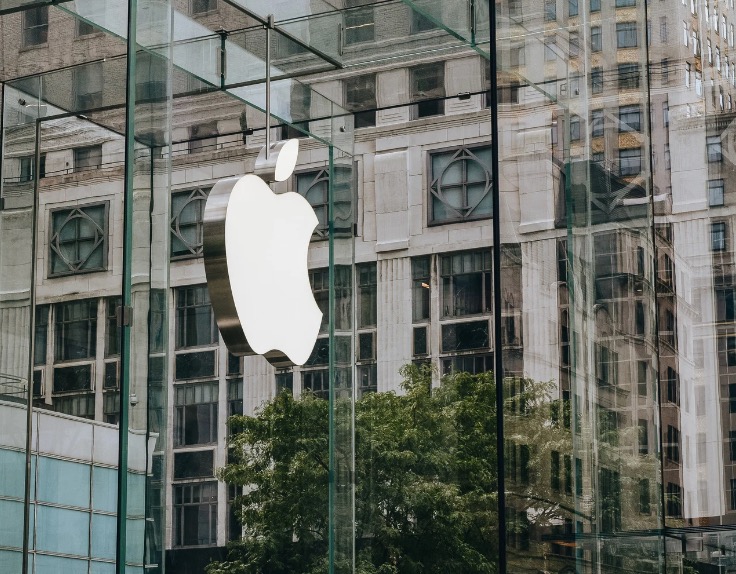
How Apple was Saved from Bankruptcy
In 1997, Apple was on the verge of bankruptcy and the late Steve Jobs was determined to save the company when he was appointed CEO again. He approached Bill Gates, who was the head of their biggest rival Microsoft and they both decided to place their competitive differences aside to work together.
Bill Gates purchased over $100 million worth of non-voting shares in Apple and provided a 5-year free access to the Microsoft office products in the Mac computers. In exchange for this,
Apple agreed to drop its lawsuit against Microsoft and make Microsoft’s Internet Explorer the default browser on its computers.
This partnership saved Apple and the rest as they say is history! The partnership was indeed a win-win for both Apple and Microsoft.
Now, let’s explore 8 key marketing strategy ingredients that makes Apple so successful.
8 Key Ingredients of Apple Marketing Strategy
1. Innovation
2. Simplicity
3. Value
4. Knowing its audience
5. Effective branding
6. Product placement
7. The customer experience
8. Building a community
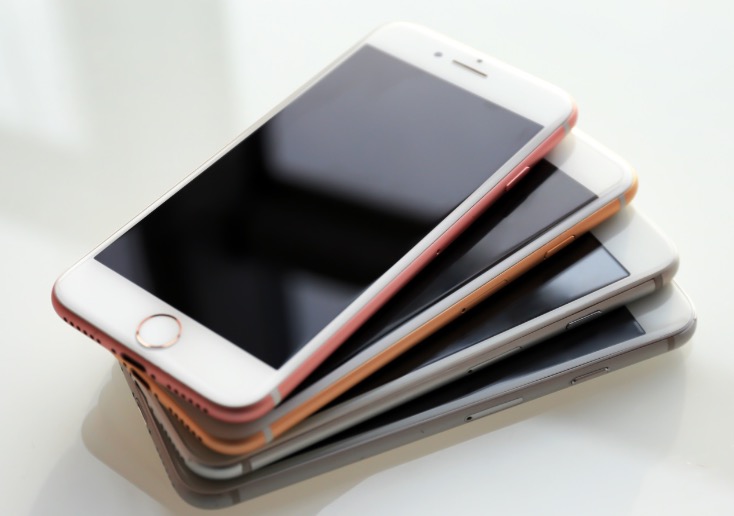
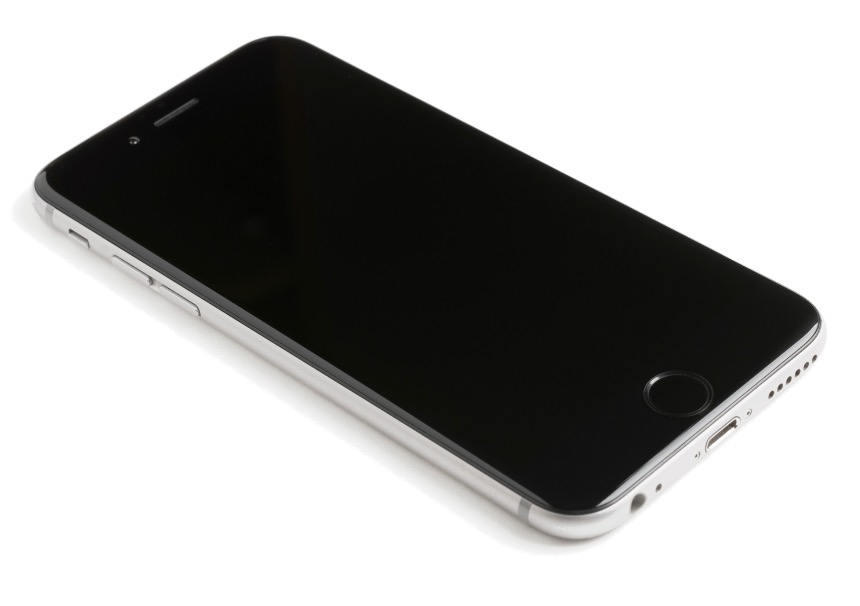
1. Innovation
Apple is the king of innovation! It is the current market leader in the tech industry and will continue to dominate sustainably and indefinitely.
Apple is committed to being innovative and this is reflected in its continuous investment in the research and development (R&D) of its products.
The evolution of the iPhone is a perfect example! When it was first introduced in 2007, Nokia was the market leader in the mobile phone industry, but what Apple did was revolutionary!
Apple marketing strategy was all about delivering that wow factor to the customer, so Apple combined the already successful iPod and phone seamlessly into one simple device.
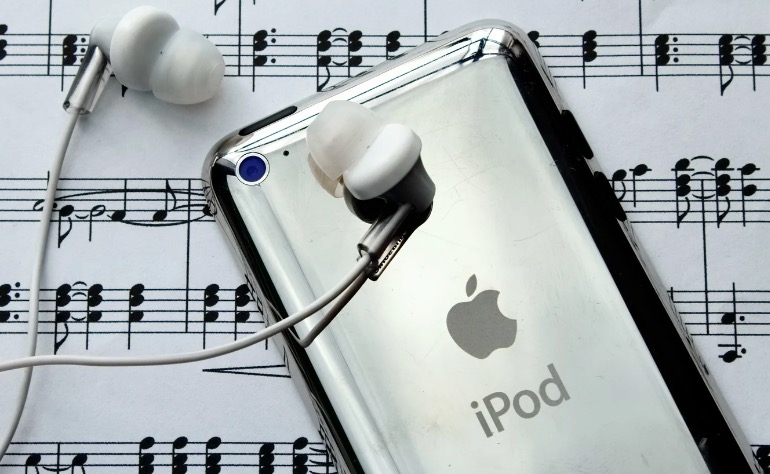
Apple really pushed the envelope by removing all buttons except one, the home button. The iPhone destroyed its competition by delivering the best customer experience through innovation with its easy-to-use software, applications and storage options.
Apple marketing strategy challenged the status quo, and by the end of that year, the first iPhone sold 6.1 million units.
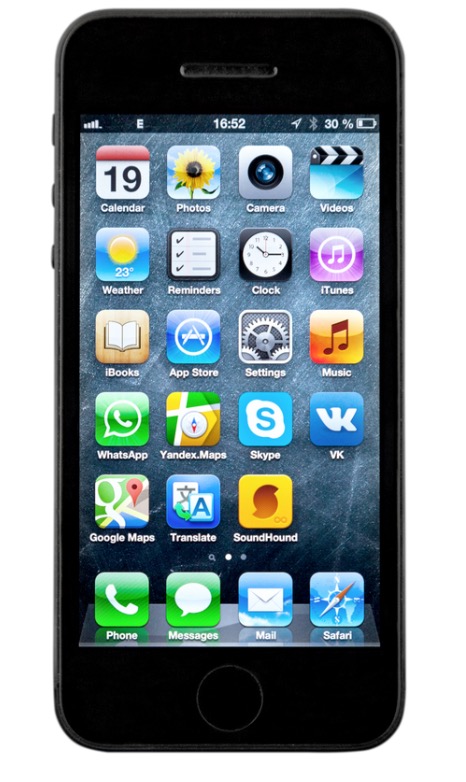
2009
Apple introduced the iPhone 3GS where the emphasis was on speed. It came with an improved battery life, better camera quality and a 32GB storage option.
2010
The iPhone 4 was thinner and came with a front camera for both selfies and FaceTime and the RAM was doubled. This was another huge success that proves that continuous product improvement is what makes Apple marketing strategy so successful.
iPhone 4 S
The iPhone 4 S was launched after Tim Cook became the CEO following the unfortunate passing of Steve Jobs. The S stands for Siri and this was accompanied with a new chip called the A5 to enable faster graphics, better camera quality and a 64GB option.
iPhone 5
The iPhone 5 came with a bigger display and was thinner, lighter plus it came with a faster chip known as the A6 chip.
iPhone 5 S
The iPhone 5 S came with the finger print touch ID to easily unlock the phone, improved battery and an A7 chip that enabled an increase in speed.
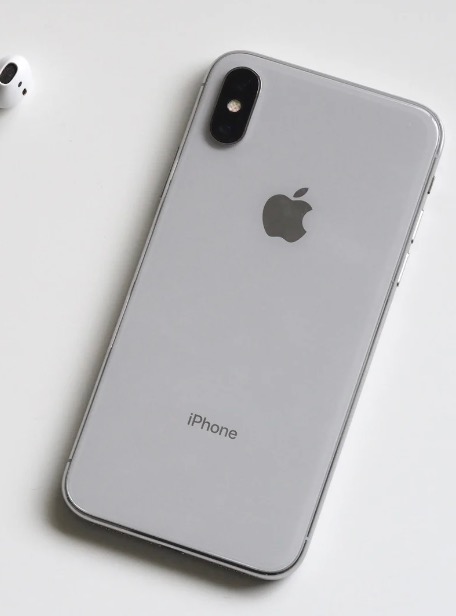
Fast Forward to the iPhone X
The iPhone X was the first iPhone without the home button. It came with the Face ID feature that enabled Face recognition to unlock the phone where a single sweep takes you to the Home Screen.
The Face ID recognition was quite remarkable as it was a unique way to unlock the phone with a glance that’s connected with your unique facial structure no matter what time of the day it is.
Additionally, this feature adapts to your physical changes as well.
These new features are brilliant examples of what makes Apple marketing strategy so unique and extraordinary.
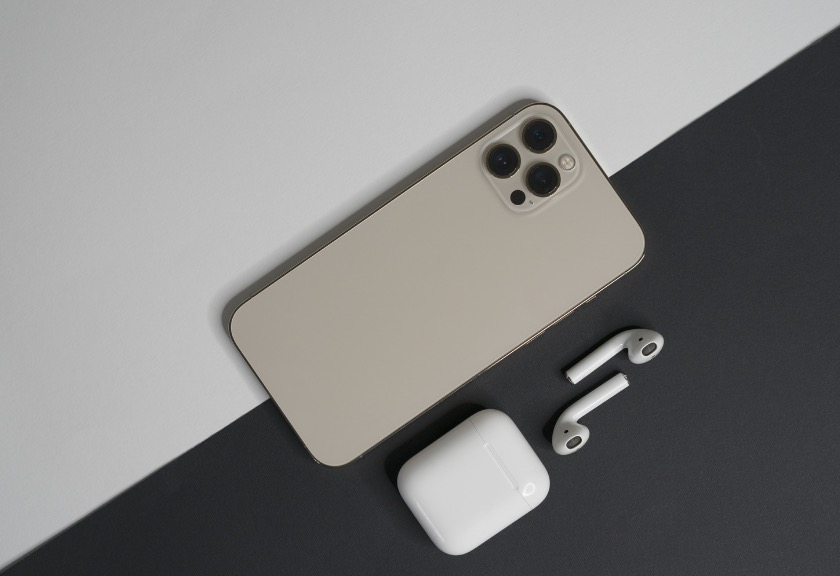
iPhone 12
The iPhone 12 was the first to support 5G and it came with a ceramic shield together with faster speed. The ceramic shield was designed to make the phone sturdier.
Let’s jump straight to the iPhone 14.

iPhone 14
It comes with the same design, camera features and the A15 Bionic chip. The iPhone 14 is actually quite similar to the 13 but of course with some improvements.
Some of these improvements include more colors, dynamic island, selfie cam, crash detection, satellite, extra pixels and eSim.
A major part of Apple marketing strategy is to always make the customer experience better and better each year. Apple’s business model is to keep innovating and improving while exceeding its customers’ expectations.
The continuous evolution of Apple’s products is what makes it the tech market leader in its own right.
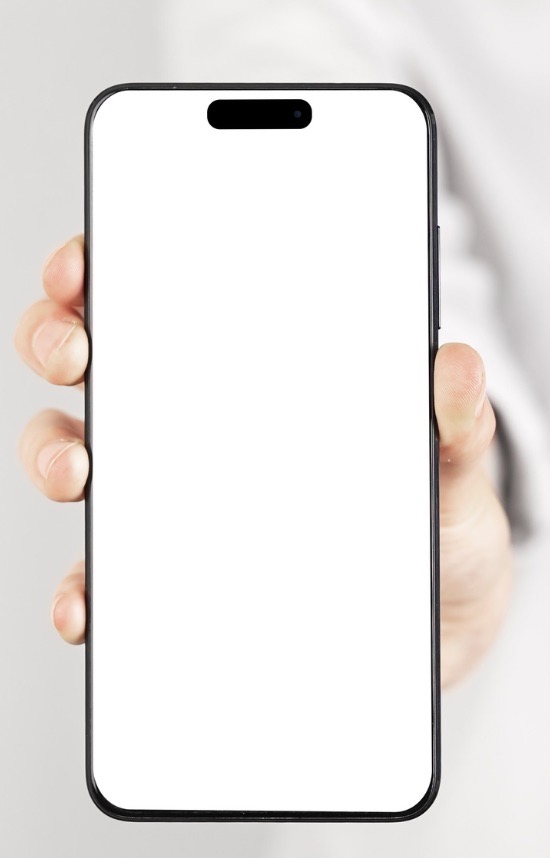
iPhone 15
The iPhone 15 was released in September 2023.
The list of upgrades include:
- A titanium frame designed to be sturdier and lighter than the stainless steel.
- An action button that you can set up to perform specific tasks such as silent mode, focus, launch the camera app and voice memos just to name a few.
- Elimination of the notch that's now replaced by the dynamic island.
- The thinnest smartphone bezels on the iPhone 15 Pro and Pro Max.
- A more powerful A17 chip to facilitate a better battery life.
- An increase in RAM in the pro models.
- More storage options with up to 2TB of storage available, the highest storage ever on an iPhone!
- USB-C connectivity to provide a major increase in speed in the Pro models.
- Thicker, longer and better quality braided USB-C cables.
- More colors to choose from such as: dark blue, titan grey, black, and silver for the Pro models, and midnight, light green, yellow, light pink, and light blue for the regular models.
- A periscope zoom lens that includes a 48 megapixels telephoto camera on the iPhone 15 Pro Max.
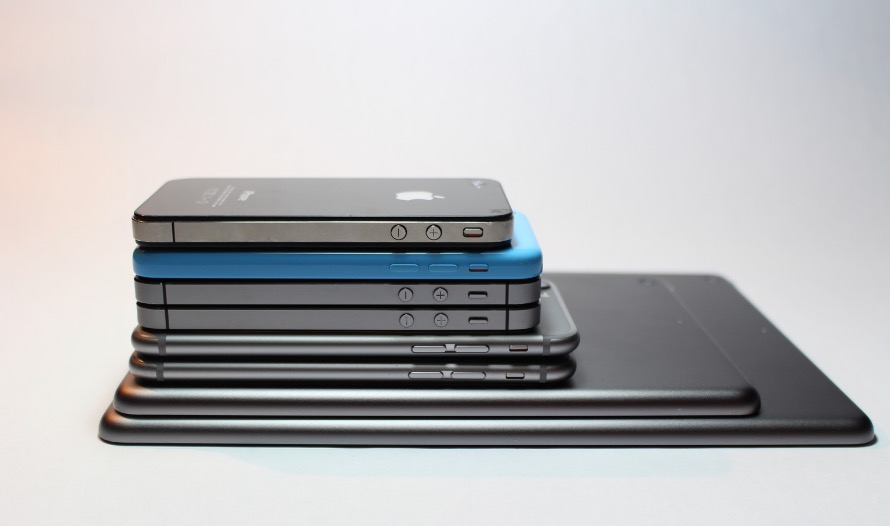
2. Simplicity
Another important thing that Apple is very keen on is keeping it simple. This is shown in its Ads and billboards reflecting images of its products and logo where emphasis is more placed on the experience its customers will have when they use its products.
Apple presents contrasts of simplicity and minimalist design with elegance and sophistication in all of its designs. It’s almost like a dance of two different yet complementary beings.
Its user interface is quite simple and consistent throughout its range of products from the iPhone to the iPad to the MacBook and iMac.
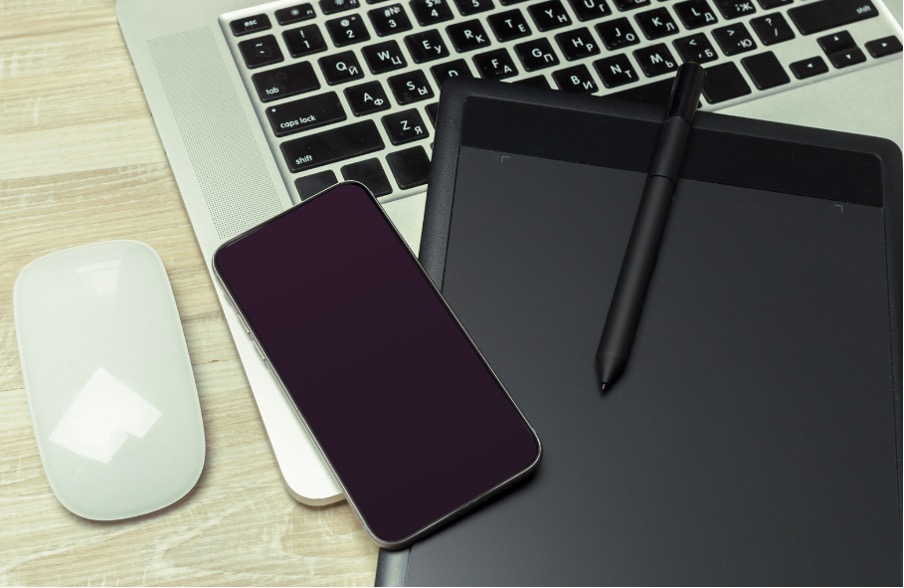
3. Value
The first computer my father purchased was the Apple Macintosh that lasted for several years. Following that experience I always associated Apple with value for money which is another key ingredient in Apple marketing strategy.
Apple is positioned as a premium and high-quality brand that can afford to maintain its high prices. Customers all over the world will continue to purchase Apple products even if the prices increase each year for each upgraded product.
The reason is that Apple’s pricing strategy is aligned with value and sustainability.
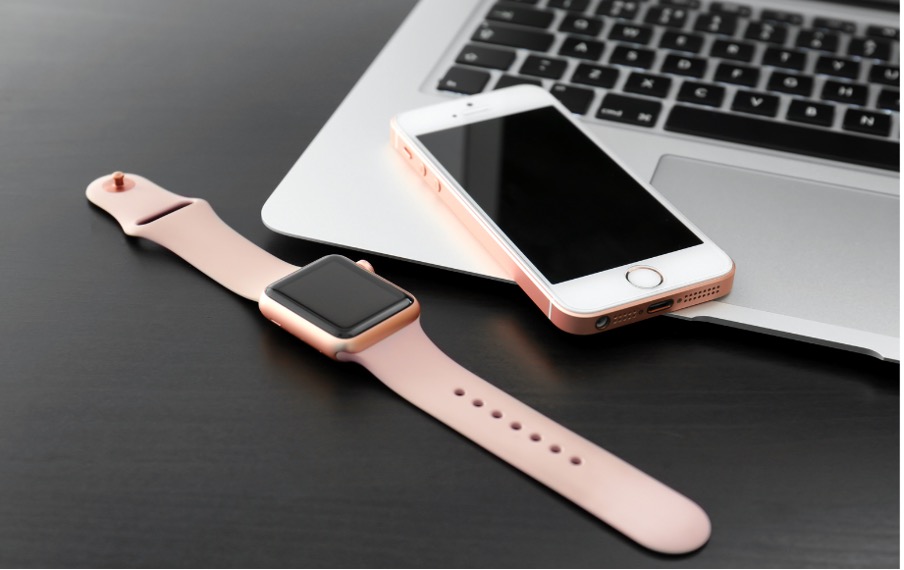
4. Knowing Its Audience
Apple knows and understands its audience very well.
The communication is always kept simple where technical terms and jargons are avoided.
Apple expects its audience to be amazed and surprised by its continuously innovative features of its new line of products. Therefore, its communication is more tailored to how unique and amazing its products are.

5. Effective Branding
Effective branding is another key ingredient of Apple marketing strategy. Apple successfully branded its range of products such as the Apple Watch, the iPhone, the iPad, MacBook Air, MacBook Pro and the iMac. Each product name is indeed catchy and simple.
These products are successful because they are aligned with simplicity.
Its product line is quite unique; not to mention that Apple has its own operating system that can only be used in its products. This is a perfect example of Apple's continuous emphasis on exclusivity.

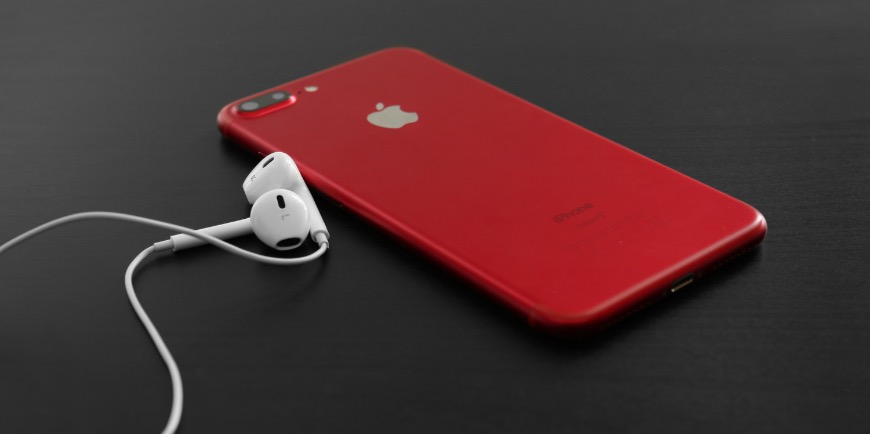
6. Product Placement
Apple aligns with exclusivity and status by executing product placement strategy. There are several movies and television shows where iPhones and MacBooks were quite visible such as Legally Blonde, Gilmore Girls, Modern Family, The Office, Sex and the City, Insecure and Netflix Kaleidoscope just to name a few.
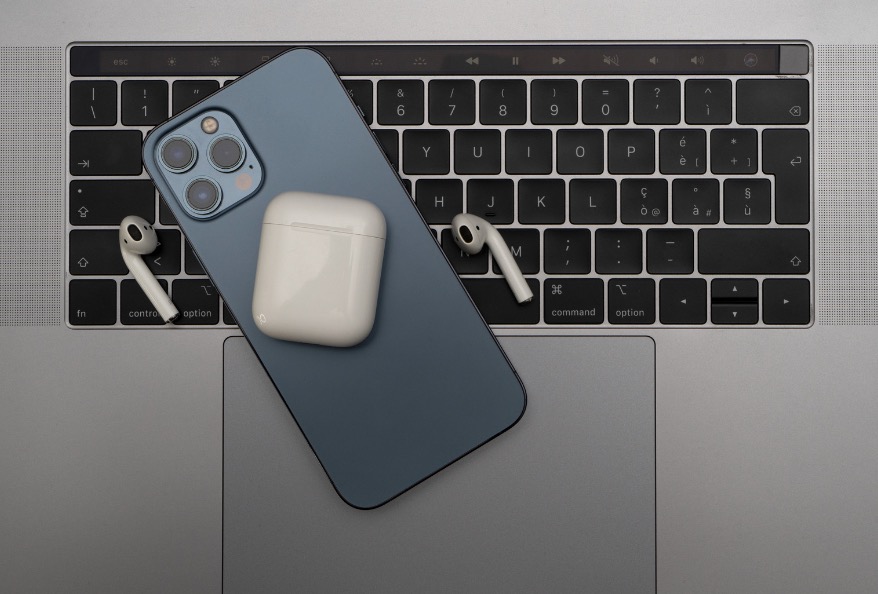
7. The Customer Experience
Apple tends to focus a lot on selling a lifestyle as it relates to using its products. A lifestyle that shows exclusivity and value. Also, part of its strategy involves empowering early adopters and its dedication to its customers.
Apple always seeks to surprise its audience through constant innovation with the aim of delivering the best and most unique customer experience ever when it comes to tech products.
This is definitely the sweet spot of Apple marketing strategy!
When I received my MacBook Pro, I was beyond thrilled!
The packaging and even setting it up to sync with my iPhone was an exciting experience especially as it’s my first MacBook. Setting up my MacBook was an easy and hassle-free experience.
I also liked the free Apple stickers, the 3 months free trial subscription of Apple TV and also the 6 months of free Apple music that was included in my MacBook Pro purchase.

8. Building a Community
Apple has built a community of brand loyalists.
The community consist of Apple advocates who are so loyal to Apple that Apple has almost achieved perfection together with sainthood and can do no wrong in their minds. Apple’s fans emphasize on how great Apple is and often compares it to its competitors.
A community of brand loyalists is also a powerful part of Apple marketing strategy.
When customers are loyal to your brand it adds value to it; not to mention the power of “Word of Mouth” that’s achieved as a result.
Apple is one of the best tech brands in the world!
That was achieved through consistently delivering that WOW factor to its customers in its ads and launch events. It’s a powerful brand that continues to adapt to tech changes and is always seeking to make its products better and better for its customers.
These 8 key ingredients are what makes Apple so successful.
Therefore, if your goal is to dominate in your niche; one of the best marketing strategies to follow is Apple marketing strategy.
“Challenging the status quo is the recipe for brand longevity and excellence.”
2024 Updates:
Has Apple lost
its Innovative Touch?
Now, don’t get me wrong, I love Apple’s products but I have to be honest here. It’s been some years since I’ve last seen any releases from Apple that deliver that WOW factor.
While Apple undoubtedly revolutionized the tech industry with groundbreaking products like the iPhone and iPad, it’s often argued at present, that the company has lost its innovative touch in recent years. A perfect example is the lack of significant breakthroughs or revolutionary products in its lineup.
Currently, apple marketing strategy reflects a dependency on more incremental updates and refinements rather than innovations that are incredibly disruptive. For instance, recent changes in the iPhones consist of small improvements in features like camera quality and processing power.
These small improvements are not generating the same level of excitement and anticipation that was portrayed with past releases.
The company's once-revolutionary approach to design and user experience now feels predictable. Features that were once considered innovative, such as Face ID and the Touch Bar, have become quite common and no longer creates that wow factor that was delivered from earlier innovations.
Furthermore, Apple's focus on profit maximization through minor upgrades and its dependence on existing technologies has led to a stagnation in its innovation.
In conclusion, while Apple undeniably transformed the tech landscape with its groundbreaking products in the past, there's a compelling case to be made that the company has lost its innovative touch in the past recent years.
I strongly believe that Apple is more than capable of shifting its focus on groundbreaking innovation and taking calculated risks so that it can strengthen its position in the tech market.
New features for 2024
So the latest buzz is that Apple is introducing several new features to its services via the release of iOS 18, iPadOS 18, macOS Sequoia, watchOS 11, visionOS 2, and tvOS 18 this fall.
Let take a look at these updates below:
- Apple Maps: Users can explore national park hikes in the U.S., create personalised walking routes, and save their favourite routes and spots.
- Apple Pay: Greater flexibility with options to redeem rewards, access instalment payments and even use Tap to Cash for sending and receiving money.
- Apple Wallet: Event tickets now offer a more enhanced experience with key information, including maps and recommended playlists.
- Apple Fitness+: Redesigned interface with personalised recommendations, a comprehensive workout library, and improved tracking features.
- Apple Music: New SharePlay features for collaborative listening and Music Haptics to help users who are deaf or with hearing challenges experience music.
- Apple TV: The InSight feature provides real-time information about actors, characters and music in shows, while Enhance Dialogue improves vocal clarity.
- iCloud Mail: Improved inbox management with categories such as Primary, Transactions, Updates, and Promotions.
- Apple Account: Renamed from Apple ID for a consistent sign-in experience across devices and services.
Apple's AI Revolution: Exclusive Features for Newest Devices Leave Majority of Users Behind
- Marketing
- Good Marketing Strategies
- Apple Marketing Strategy